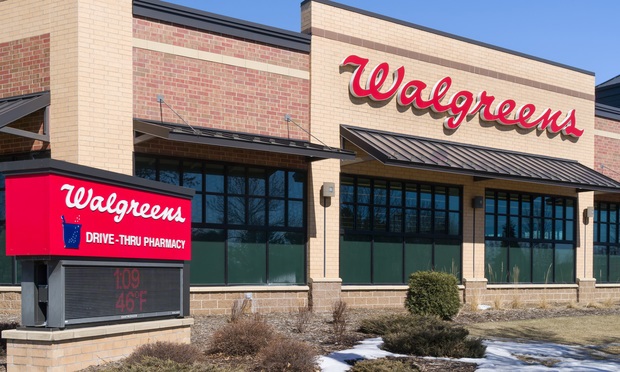Amid a rush by 1030 exchangers to secure assets by July 15, single-tenant net leased asset sales spiked for the month.
"That July 15 deadline really drove sales," says Chris Pappas, associate director with Marcus & Millichap's Net Lease Division.
After getting an extension through The CARES Act, 1031 investors needed to identify what they were buying by July 15. "July marked a major moment for the single-tenant net leased market as all 1031 exchange capital subject to the COVID extensions has either been placed in a closed transaction or is locked into closing on a small number of assets pursuant to 1031 identification rules," according to the NNN Market Intelligence Report.
Recommended For You
Overall, total single tenant net lease sales rose from 271 in June to 320 in July, which was an 18% month-over-month increase, according to Pappas' NNN Market Intelligence Report for July 2020. That's a dramatic jump from May's total of 162 transactions. Total sales rose from $719 million to $989 million, which is a 38% increase.
"We saw a spike in transactions, and I definitely feel like that was prompted by the expirations of the July 15, 1031 identification deadline," Pappas says. "The 18% jump in transactions was reasonable, considering people have to close those transactions in order to avoid their tax liability."
Stores that provide essential services dominated in July. "We know now what the market is perceiving as safe investments," Pappas says. "It's primarily these drug stores, quick service restaurants and the dollar stores."
As they had in prior months, investors continued to flock to quick-service restaurants (QSRs), dollar stores, and pharmacies remaining dominant. QSR's rose 3% and claimed 28% market share; dollar stores fell two percent while claiming 21% market share; and pharmacy transactions remained unchanged with 17% market share.
Pharmacies also led the way in total sales, claiming 28 percent of dollar volume. QSRs were second with 18 percent of volume.
"Tenant preferences were really, really stable," Pappas says.
While dollar investment decreased 2% to 38% over the overall total in the South, the region continued to attract more than one-third of single tenant net lease dollars spent. Texas and Oklahoma posted the largest month-over-month dollar volume increase, from 5% to 9% of market share. In the Midwest, dollar investment fell from 5% to 14% market share.
"The regions that increased the most and the regions that decreased the most didn't have substantial changes in the dollar volume distribution," Pappas says. "I think the regional distribution of money is also more consistent. From those numbers, you can see that preferences have pretty much remained the same in terms of where people want to invest."
But now that the July 15 has passed, it's fair to ask what happens next. Since investors only needed to identify what they were buying by July, the August numbers could also be strong as they close their deals.
"You could see an increase," Pappas says. "I would think it could increase or it will be stable. My expectation is that it's not going to be a huge jump [in sales]."






